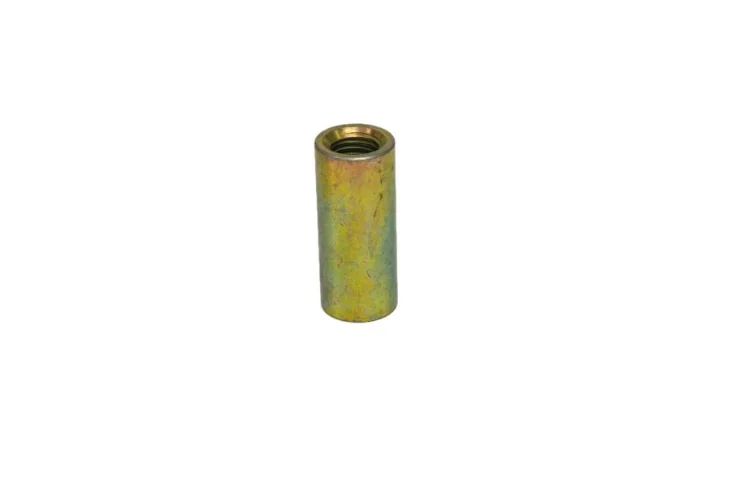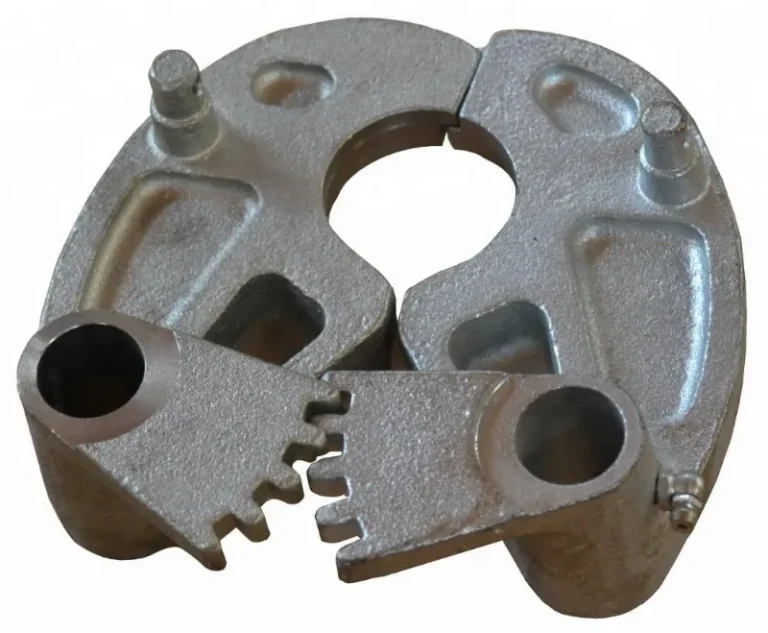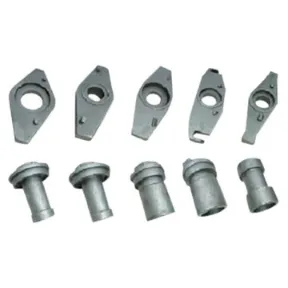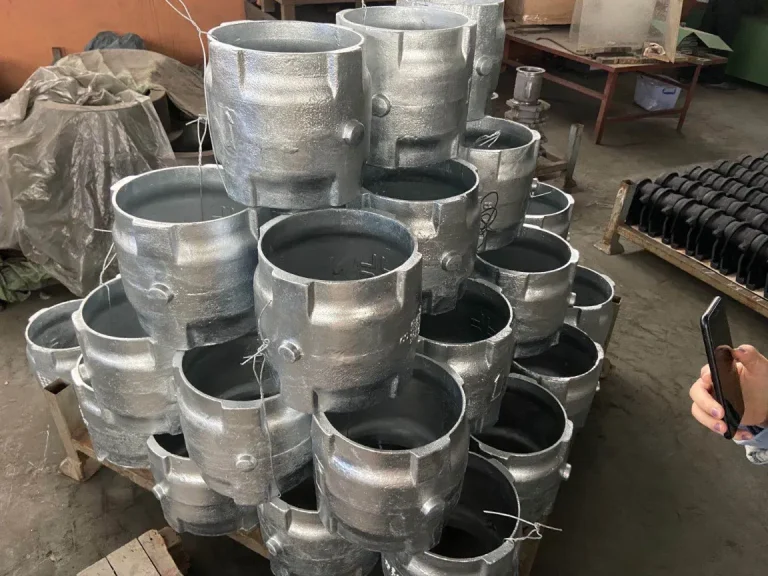Common Symptoms of a Faulty Coupler Connector
Strange Sounds During Use
A bad coupler connector often makes odd noises when it’s working. You might hear grinding, squeaking, or rattling sounds. These noises usually mean the connector coupler isn’t lined up right or its parts are worn out. The sounds happen because the pieces don’t fit together smoothly, causing friction. This friction puts stress on the system.
Clear Damage or Wear on the Coupler Connector
Checking the coupler connector for damage is super important. Look for cracks, dents, rust, or other harm. These signs show the connector coupler is getting weak. When it’s damaged, it can’t transfer power or movement well between parts. This makes the whole machine less effective.
Too Much Shaking or Poor Alignment
A faulty coupler connector can cause lots of shaking or parts not lining up. When the connector coupler isn’t working properly, it fails to keep pieces in place. This leads to wobbling, which makes the machine less efficient. It also wears out other parts faster because of the extra movement.
Qingdao Baoqi Intelligent Co., Ltd has professional technology and equipment, and the high-quality connector coupler they produce will surely make you feel that it is worth the money.
Performance Problems Caused by a Bad Coupler Connector
Lower Efficiency in Machines
A broken coupler connector makes machines work less well. It doesn’t pass power smoothly, so energy gets wasted. This hurts performance, especially in big industrial setups where every bit of power counts. Machines slow down, and work takes longer.
Constant Machine Breakdowns
Machines with bad coupler connectors often stop working or fail completely. Since the connector coupler holds parts together, any issue can mess up the whole system. This leads to frequent repairs, which take time and money. Downtime can be a big problem for businesses.
Using More Energy
A faulty coupler connector makes machines use more energy. The system has to work harder to overcome friction and poor alignment. This extra effort raises energy bills over time. It also puts more strain on the machine, which can cause even more damage.
cCustomization Service makes top-noch parts like lifting anchor systems and threaded socket systems. These ensure great performance and last a long time for all kinds of industrial jobs.
Diagnosing Problems in a Coupler Connector
Spotting Damage or Cracks
Seeing damage on a coupler connector is a clear sign something’s wrong. Check regularly for cracks, dents, or rust that could weaken it. Cracks might form because of too much pressure or bad setup. Dents happen when the connector coupler takes on more weight than it can handle. Rust comes from water or chemicals sitting on it for too long.
Look closely at the connector coupler’s surface during checks. Focus on spots where it joins other parts or carries heavy loads. Finding damage early stops bigger problems and keeps the system running longer.
Testing for Bad Alignment
When parts connected by the coupler connector aren’t lined up, it causes issues. Poor alignment creates uneven pressure, leading to shaking or strange noises during operation. You might notice small spaces between parts that should fit tightly.
Use special tools like laser alignment systems, to check for this. These gadgets spot even tiny misalignments. Fixing alignment issues fast improves how well the machine runs. It also protects other parts from wearing out too soon.
Checking Strength and Material Quality
The strength and material of a coupler connector matter a lot. Good materials like stainless steel or strong alloys last longer. They resist rust and handle tough conditions well. Weak materials wear out quickly, especially under heavy loads, and can break easily.
Look at the manufacturer’s details to check material quality. You can also test strength with tools like hardness testers. A strong coupler connector keeps working well even in hard environments. This cuts down on repairs and saves money.
Preventative Measures for Keeping a Healthy Coupler
Regular Checks and Upkeep
Checking and caring for a coupler connector regularly keeps it in good shape. Set up a plan to inspect it every few months, depending on how much you use the machine. Look for wear, cracks, or alignment problems during these checks.
Lubrication is key to good upkeep. Adding oil or grease to moving parts cuts down friction. This helps the connector coupler last longer by reducing wear. If you find worn-out pieces, replace them right away to avoid bigger issues.
Correct Setup to Prevent Harm
Setting up a coupler connector the wrong way can break it fast. Make sure all parts are lined up properly before tightening bolts. Use tools like torque wrenches to apply just the right amount of force. Too much force can bend or crack the connector coupler.
Always follow the manufacturer’s instructions when setting it up. This ensures the connector works with your machine’s needs. Good setup improves performance and lowers the chance of early breakdowns.
Picking Strong Materials for Long Use
Choosing high-quality materials for your coupler connector is a smart move. Stainless steel and strong alloys are great because they’re tough and don’t rust easily. These materials work well in hard industrial jobs where strength is a must.
Think about things like how much weight the connector coupler will carry and what kind of environment it’ll be in. High-quality materials might cost more at first, but they save money over time by needing fewer repairs. Qingdao Baoqi Intelligent Co.,Ltd.’s Customization Service offers strong solutions like lifting anchor systems and threaded socket systems built for long-lasting use in industrial tasks.
Frequently Asked Questions (FAQs)
What are common signs of a failing coupler connector?
Common signs include weird noises like grinding or squeaking when the machine runs. You might also see cracks or dents on the connector coupler’s surface. Too much shaking in the machine and slower performance are other clues.
How do I stop alignment problems in my coupler connectors?
Use tools like laser alignment systems when setting up the connector coupler to keep parts lined up. Check connections often to catch any shifts caused by heavy use or stress.
Can picking the wrong material hurt my system’s performance?
Yes, low-quality materials wear out fast and need more repairs. They can also cause the system to fail. Choose stainless steel or strong alloys for better strength and longer use.
What should I do for regular upkeep?
Check the connector coupler often, add oil or grease to moving parts, and fix alignment issues. Replace any worn-out pieces quickly to keep things running smoothly.
Where can I get strong industrial-grade coupler connectors?
Companies like Qingdao Baoqi Intelligent Co.,Ltd., with over 10 years of experience in making forging and casting parts, offer reliable solutions. They’re certified by ISO-9001 standards and provide parts tailored to many industrial needs.
For more details about our products and customization services for industries worldwide, visit our website today!










